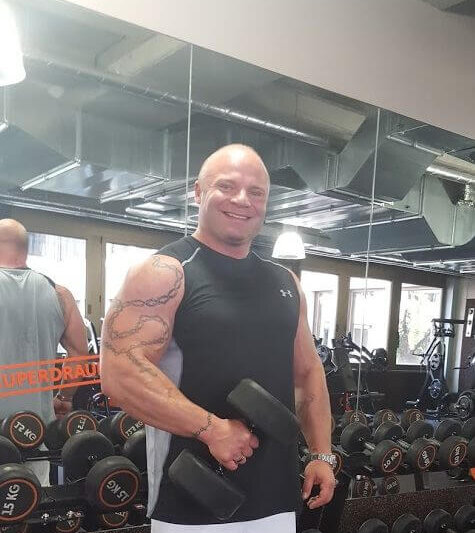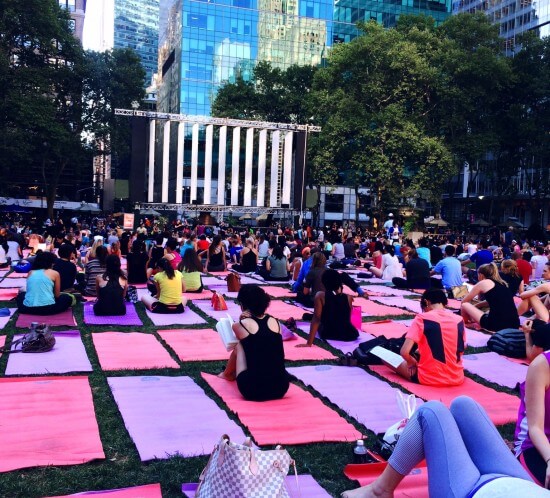The best training, but how does it work?
fitness & yoga


Everyone knows the problem of the enormous variety of training plans. They are available in a wide variety of forms and sizes. From volume training and pre-fatigue to HIT (High Intensity Training). But what really makes sense? Does it make sense to strain the muscle with more than 20 sets? Or is even one extremely heavy set with different HIT techniques enough? Our expert Mario has answers to the frequent questions.
High Intensity Training (HIT)
For me, there were only 2 alternatives: super slow, to complete the sentence in slow motion or to reduce the weight after muscle failure and then continue to train. These are just two of many HIT techniques. However, I have been dealing with these two methods for years. After some time, I’ve noticed that neither method is good enough for me. Likewise, the volume training, in which one completed a very high number of sets did not give me the desired effect.
I fought my way through a huge pile of literature and compared exercise plans from the 60s to the 80s with today and came to the conclusion that it must be possible to combine the best of hit and volume training to achieve optimal results with minimal risk of injury. After feeling a hundred units of trial and error, I had finally found my perfect training principle. I call it “strong effect 6 + 6”.

Source: Mario Meier-Walser
My training sessions
It’s as easy as it sounds and brings me now for almost 2 years exactly what I want: steadily increasing strength values and build lean mass. I do 5-6 workouts a week and I train every muscle group only once a week. Due to the long break for each muscle group, I give each muscle 7 days to regenerate and grow. I need between 8 and 12 sets per muscle group and never spend more than 50 minutes in the studio.
I complete 2 sets per exercise. I choose a weight with which I would normally make about 10 repetitions. The first 6 repetitions I do very slowly. I have 3 seconds each for the positive and the negative movement. Immediately after this very slow repetitions I complete without break with the same weight 6 normal repetitions. If I can still create 6 pieces.
The 2nd sentence is the same.
In the beginning I had to drastically reduce my weights to survive the long exposure time, but was able to improve very quickly.
Statement
Due to the slow execution one can concentrate extremely well on the stressed muscle and address it perfectly. My clients have been practicing this principle for quite some time and are achieving considerable results. For further questions feel free to contact me.
Source: Mario Meier-Walser









